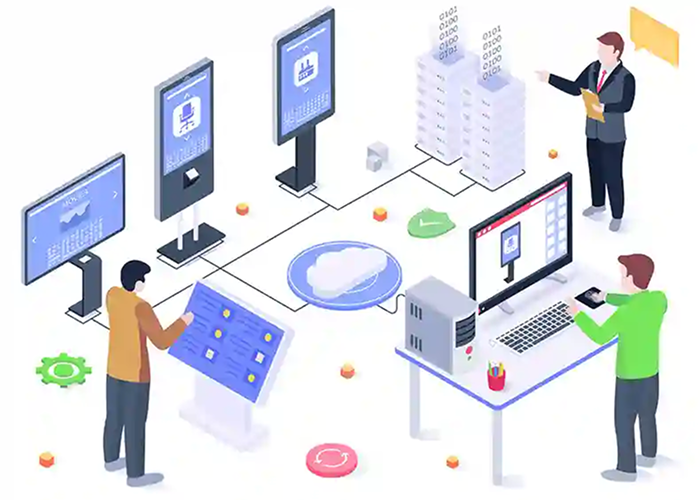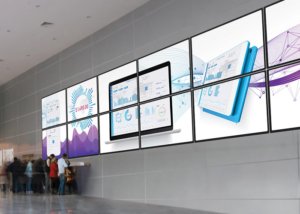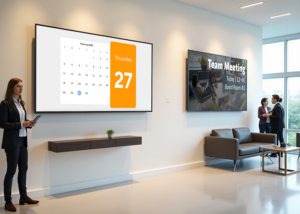Digital signage has utterly transformed the way businesses communicate, moving past static posters to become dynamic, attention-grabbing displays. But for those screens to truly make an impact—whether they’re used for corporate announcements, retail advertising, or public information—you need a powerful engine driving the visuals. That engine is the Content Management System (CMS).
If you’re a digital signage manager, a marketing professional, or a business owner aiming to maximize the return on your display investment, understanding the CMS is paramount. It’s the central nervous system that provides the control, efficiency, and intelligence needed to elevate a simple screen into a powerful communication tool.
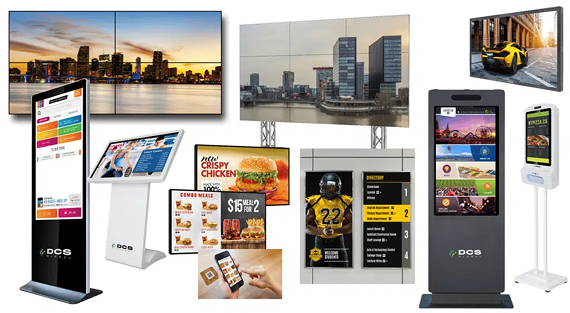
Understanding Content Management Systems (CMS)
At its core, a digital signage CMS is the dedicated software platform that gives you the power to create, schedule, deploy, and manage all the content across your entire network of digital displays, all from a single, centralized location. Think of it as the ultimate control center for your screens.
The true value of a quality CMS lies in its foundational capabilities:
- Central Control: It allows you to manage dozens or even hundreds of screens across various locations without ever having to visit them physically. This ensures consistency and simplifies large-scale operations.
- Content Scheduling: You gain precise control over when and where specific content appears, ranging from simple day-parting (showing breakfast items in the morning) to complex, layered campaigns.
- Real-Time Updates: The ability to instantly push urgent or dynamic content—like an emergency notification, a sudden price change, or a stock update—is crucial for responsiveness.
- Dynamic Content: A good CMS enables your content to change automatically based on external data, such as showing different ads depending on the current weather or displaying queue numbers as they change.
- Information Distribution: Ultimately, the system is designed to seamlessly ensure the absolute right message gets to the right screen at the right time, minimizing errors and maximizing the relevance of your communication.
A modern CMS goes far beyond merely uploading media files; it establishes a scalable and streamlined system for effective information distribution across every point in your network.
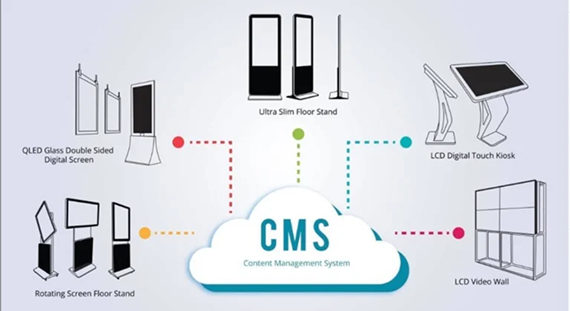
The Role of CMS in Visual Storytelling
Digital signage is fundamentally about creating a compelling visual storytelling experience. The CMS acts as the director of this narrative, meticulously orchestrating every piece of media to contribute to a cohesive and powerful message.
Crafting a Cohesive Narrative
Your CMS is critical in shaping high-impact multimedia content:
- Handling Diverse Content: It must handle various media formats easily—videos, high-resolution images, live data feeds, interactive elements, and web pages—allowing you to combine them seamlessly into a single, appealing layout.
- Branding Consistency: The platform lets you enforce templates and strict design rules, guaranteeing that your fonts, color schemes, and logo usage adhere to your branding consistency guidelines across every single screen you manage, protecting your corporate image.
- Audience Segmentation: A sophisticated CMS allows you to tailor your content for specific groups or locations. For example, you can show different promotions in the children’s department versus the electronics department, ensuring hyper-relevant messaging that resonates with that particular audience.
Clear Call-to-Action (CTA): By managing the flow and timing, the CMS ensures your call-to-action is delivered clearly and remains on screen long enough to be absorbed, which is essential for driving customer behavior, like making a purchase or signing up for a service.
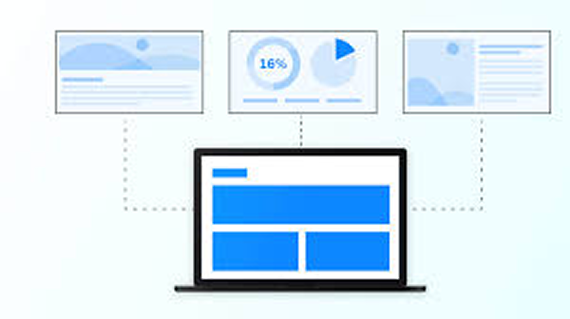
Automation and Scheduling Strategies in CMSy
The path to highly effective and low-effort digital signage management is paved with automation tools. Leveraging the sophisticated features within your CMS transforms manual, repetitive tasks into seamless, set-it-and-forget-it workflows, drastically boosting your overall workflow efficiency.
Optimizing Your Playlists
Instead of manually tinkering with content order, advanced scheduling strategies rely on the CMS’s intelligence for playlist creation:
- Time-Sensitive Scheduling: Use the CMS to define precise start and stop times for campaigns. For instance, you can automatically transition your screens from the lunch menu playlist at 2 PM to the happy hour promotions without any manual intervention.
- Playlist Optimization: You can build dynamic playlists where content is prioritized or weighted. This ensures that crucial safety announcements or legal disclosures get adequate screen time, while less urgent, evergreen content fills the gaps.
- Content Automation via Triggers: This is arguably the most powerful feature—the ability to trigger content based on external real-world events. Imagine the system automatically displaying a “Low Stock Alert!” when the inventory count for a specific item drops or showing a congratulatory message when a team hits a sales milestone.
By mastering content automation, managers can dedicate less time to manual updates and more time to high-level strategy and creative analysis.
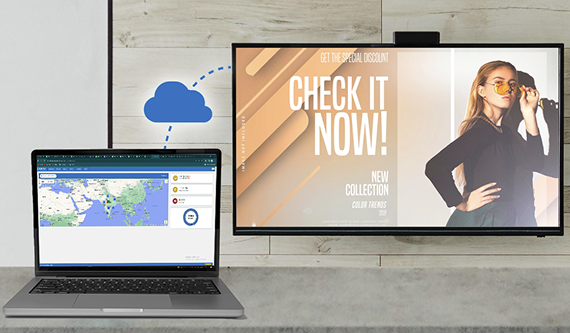
Data Integration and Analytics for Optimized Impact
Modern digital signage is no longer a simple broadcast system; it’s a data-driven one. One of the most critical aspects of a powerful CMS is its capability to connect with business data and generate truly actionable analytics.
Connecting Screens to Business Data
A CMS serves as the vital bridge between your core business systems and your displays:
- Integration with Data Sources: You can connect your CMS to existing databases, ERP systems, POS terminals, or even internal dashboards. This connectivity is what allows for the display of live, real-time data, such as current wait times, dynamic pricing models, constantly updated sales leaderboards, or live inventory levels.
- Real-time Decision Making: If your POS system shows a product has sold out, the CMS can automatically pull the corresponding promotion off the screen, preventing customer frustration. If a queue grows long, the system can instantly switch the display to show an updated wait time or direct customers to an alternative service point.
Leveraging Analytics for Continuous Improvement
The CMS is also the central repository for gathering crucial performance information:
- Proof-of-Play Reports: The CMS tracks precisely when and where every piece of content was displayed. This data is invaluable for confirming campaign delivery to advertisers and for internal auditing.
- Viewer Engagement Metrics: More advanced systems can integrate with sensors (like anonymous cameras or proximity trackers) to gather data on how many people actually saw the content, how long they looked at it, and which messages captured the most attention.
- Data-Driven A/B Testing: Marketers can easily use the CMS to run simultaneous tests—playing one version of an ad on half their screens and a slightly different version on the other half—to measure which one drove better engagement or sales, leading to continuous content refinement and optimization.
By diligently leveraging these analytics, you move beyond simply showing content to proactively optimizing it for measurable, continuous business improvement.
Conclusion
The Content Management System is the indispensable, foundational technology for any truly successful digital signage implementation. It elevates the entire operation beyond simple picture loops, enabling centralized control, sophisticated visual storytelling, unparalleled automation, and crucial data integration. For anyone looking to achieve a significant return on their investment and deliver impactful, performance-driven content, a powerful and fully utilized CMS is not just a benefit—it is the core necessity.
